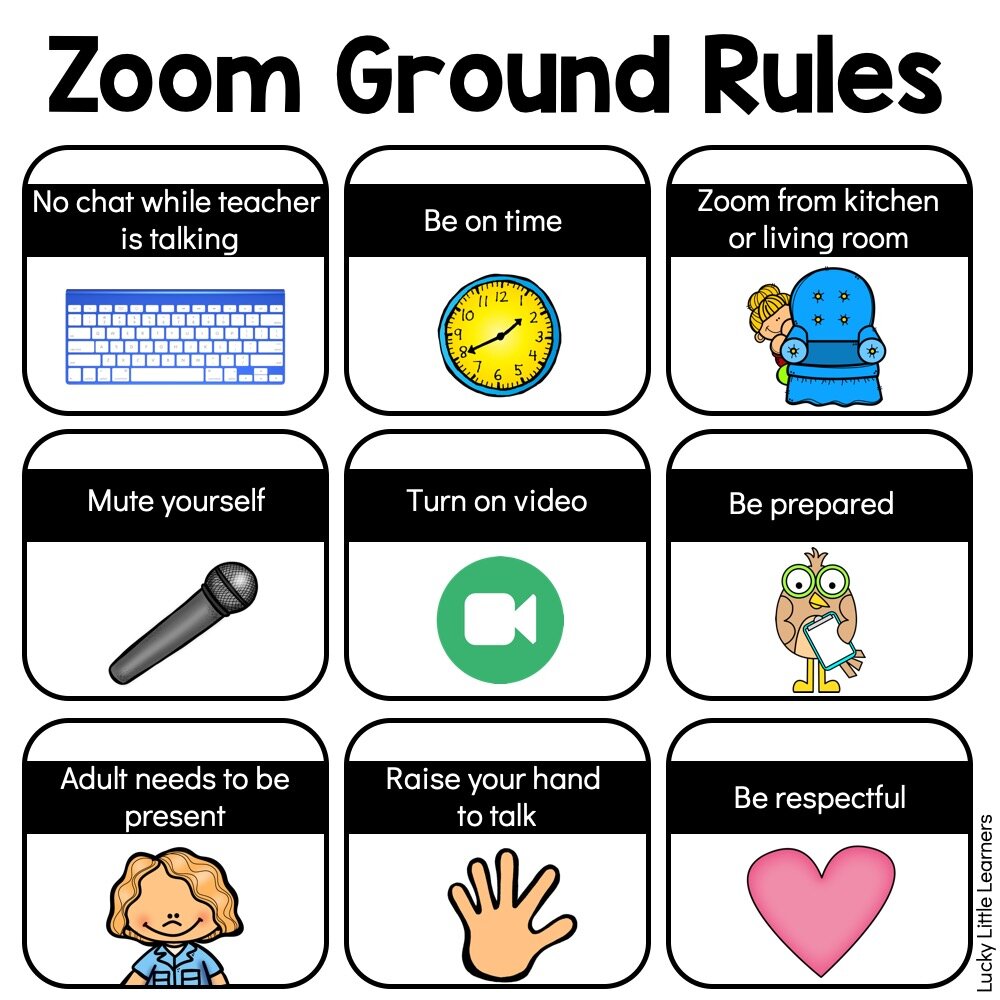Let’s create safe, predictable, and positive learning environments for our students
By Michelle Lockwood
It is safe to say that we all are in the midst of navigating an unprecedented and evolving set of circumstances in education, whether an administrator, educator, student or parent. Teachers are reporting record stress levels and rates of leaving the profession entirely are the highest on record.
Under this stress, with disrupted routines, and an inability to do our normal enjoyable activities, we are ALL challenged to be our best selves.
Our task this year—maybe more than ever before—is to create a safe, predictable, and positive environment for our students while navigating this uncharted territory of hybrid learning environments, remote learning and potential “shutdowns.”
Set clear guidelines and expectations with students
Set ground rules for online interactions and consider that some online specific expectations, skills, and behaviors may need to be directly taught to students.
One way to establish a safe, predictable learning environment is to set clear guidelines and expectations with students about the structure or rhythm of their day, their behavior, and the work requirements.
This can be done in person as teachers typically do at the beginning of the school year, but it should also be part of remote learning situations. Clear expectations will benefit all children by teaching positive behaviors and building life skills, even when there are disruptions to the routine.
Set clear guidelines and expectations with students about the structure or rhythm of their day, their behavior, and the work requirements.
For remote learning, we also should consider whether some online specific expectations, skills, and behaviors may need to be directly taught to students. Just because today’s students spend more time online does not mean they won’t struggle with remote instruction. They may have picked up “bad habits” on how to interact with others online (from gaming, social media, etc.). It is important to help students understand that their online interactions have the same positive and negative social consequences for behavior as their real-life interactions.
Moving to remote learning and having fewer direct interactions can also make assignments feel more overwhelming and daunting for students. For some students, the loss of physical proximity in remote learning can contribute to confusion about task performance and expectations. These students may need work expectations spelled out using visual tools like schedules, mini-schedules, checklists, social stories, or video modeling.
Maintaining a Positive Learning Environment
The importance of our relationship with students cannot be overstated. Now more than ever, your students need you and it is important to make those connections a priority.
Greeting students as they enter (or exit) your classroom/school is a simple way to create a positive, welcoming classroom and build relationships with students. Being greeted by an adult who is happy to see them can start a student’s school day on a positive note.
In addition to those greetings, plan ways to interact more often with each student when he or she is behaving appropriately than when they misbehave. We can do this by frequently acknowledging when students meet expectations and trying to pay more attention to behaviors you want to see again than behaviors you wish would go away.
A person can’t feel successful and repeat the desired behavior if he or she doesn’t know what behavior to repeat, so remember to be specific in praising desired behavior. While corrections are necessary, the key is your ratio of corrections to positives. Aim to maintain a ratio of about 4 positive interactions for every one correction or “negative” interaction. This may be easier on some days or with some students, but the idea is to do the best that you can.
Lastly, remember to give yourself credit—there is no right way to respond to the current situation because none of us have ever experienced it before! You’ve already managed to adapt to so much.
If you would like additional examples, templates and other resources for creating a safe, predictable and positive learning environment, feel free refer to my Padlet.
Michelle is Director of Positive Behavior Support Services for NJCIE. She has over 20+ years of professional experience working with students and individuals in need of behavioral support. Michelle shares her expertise by providing professional education and support to school staff for the advancement of school-wide, classroom, and individual student positive behavior support systems. Michelle facilitates the development of behavior intervention plans for individual students and presents informative workshops to parent groups. Prior to joining NJCIE in 2007, Michelle was a Behavior Specialist and Inclusion Facilitator for the Howard County Public School System in Maryland.


